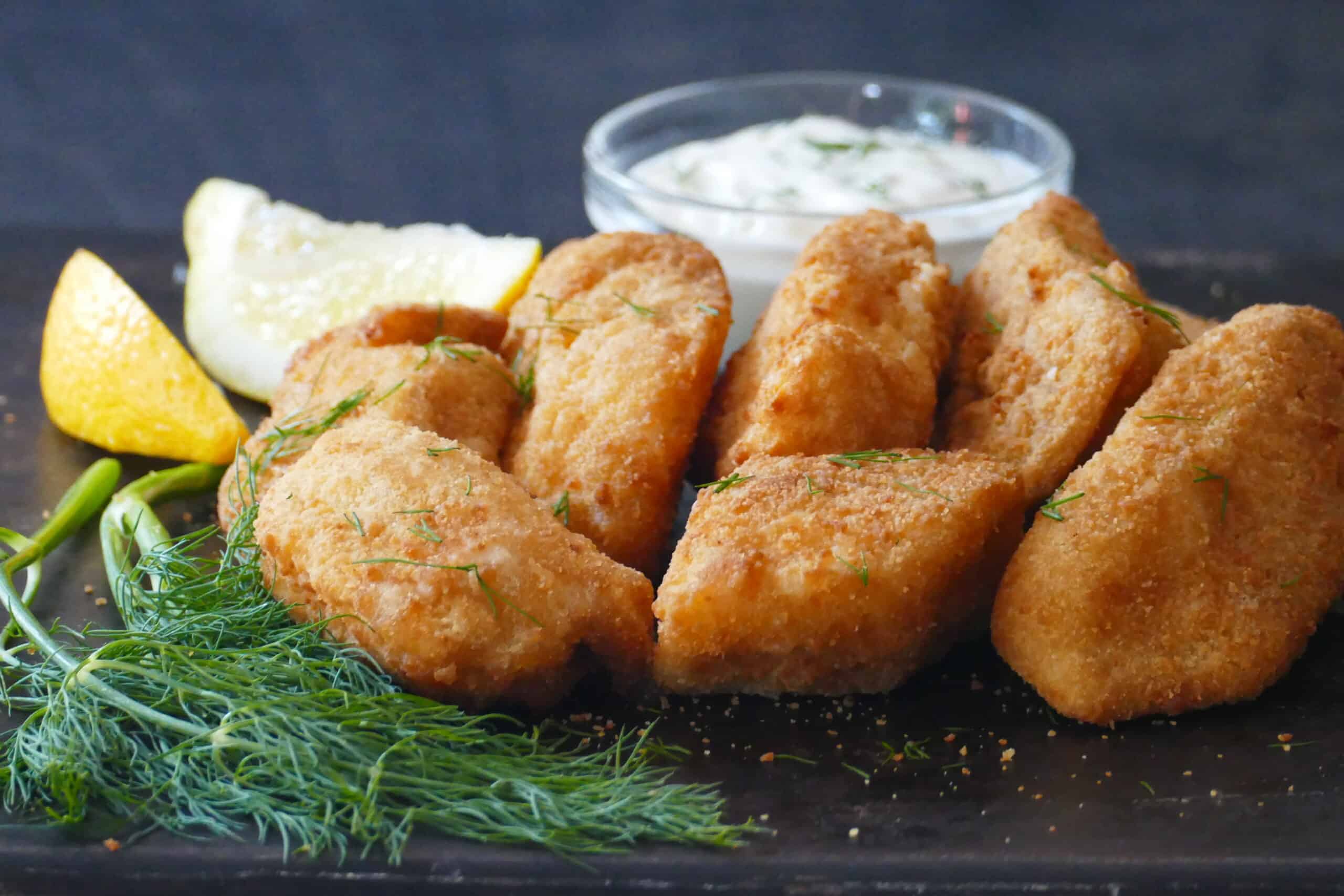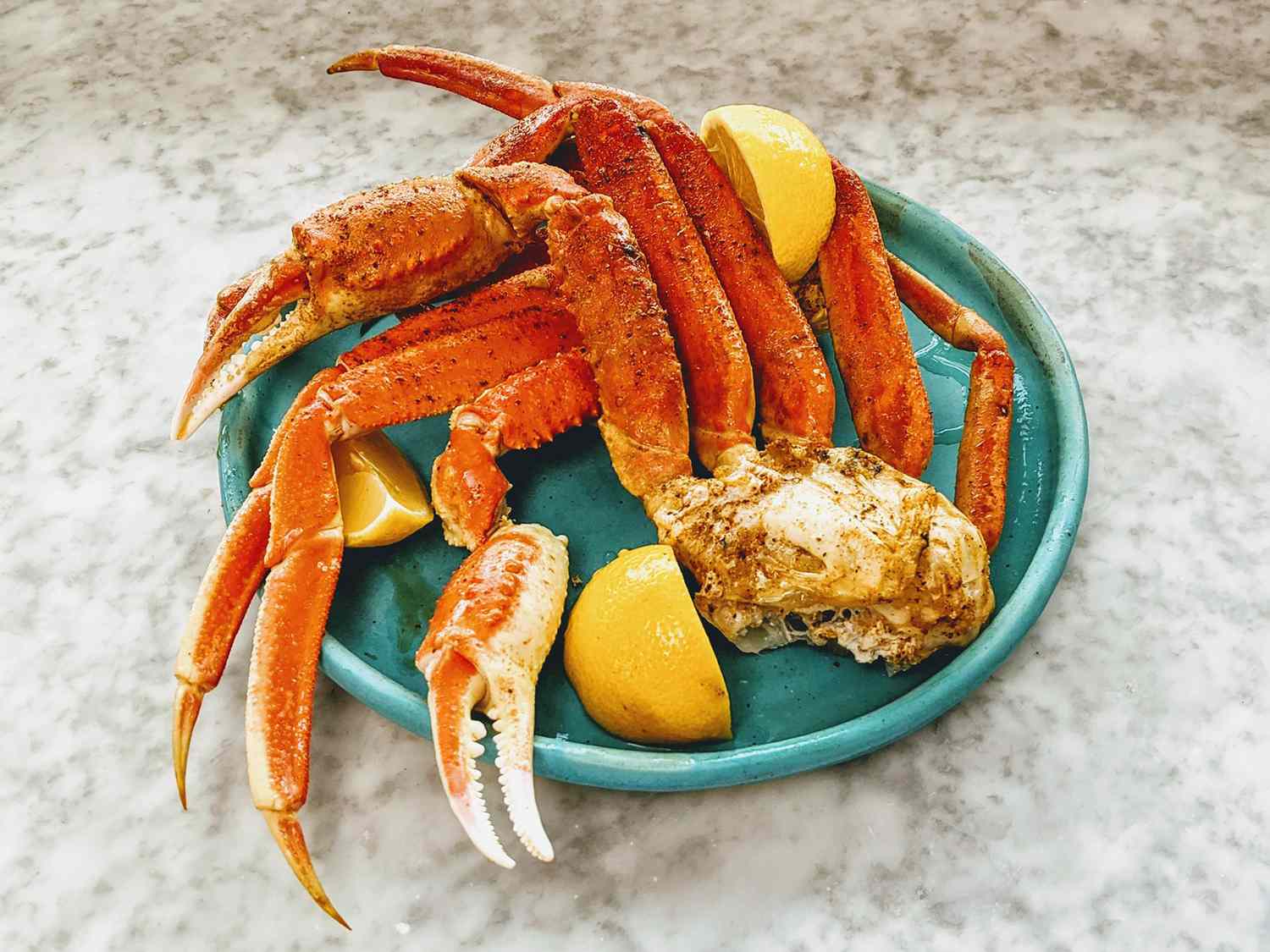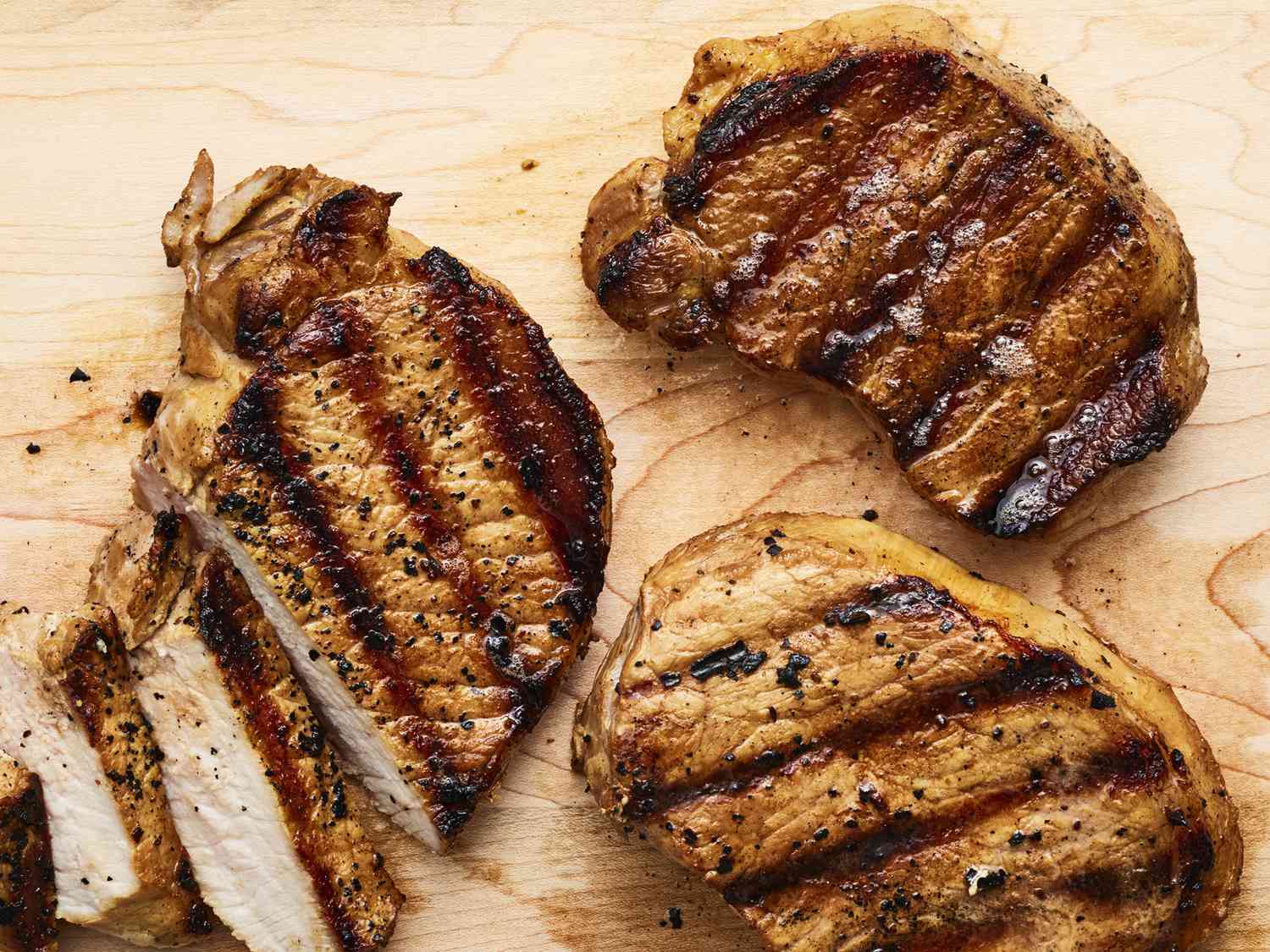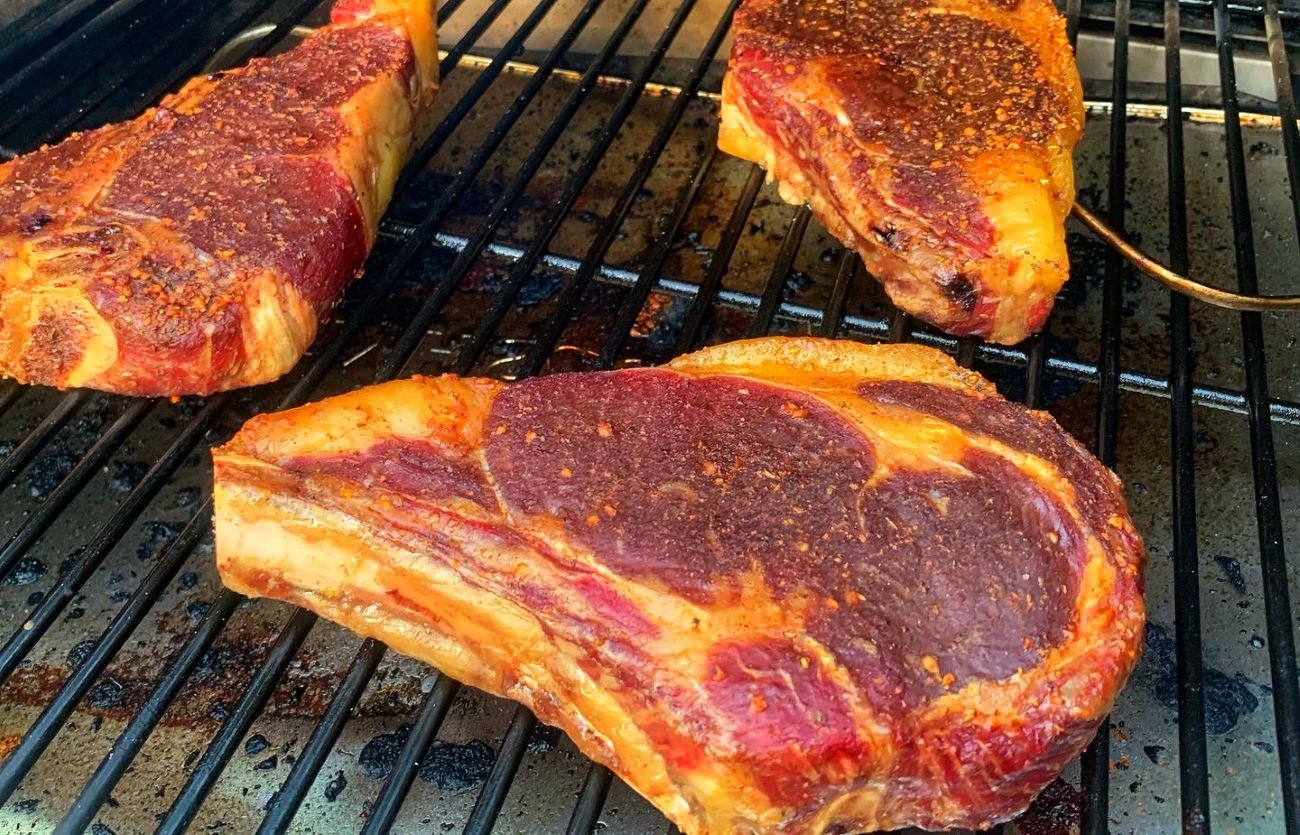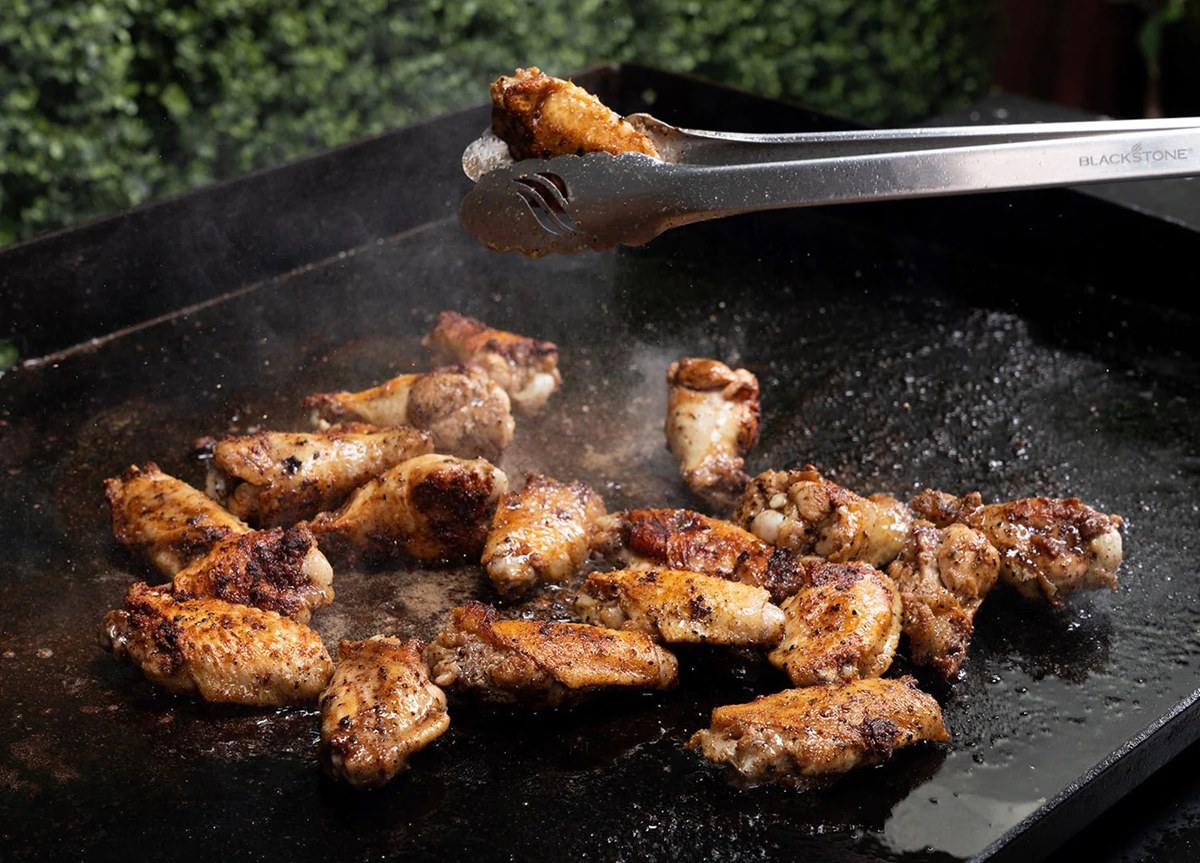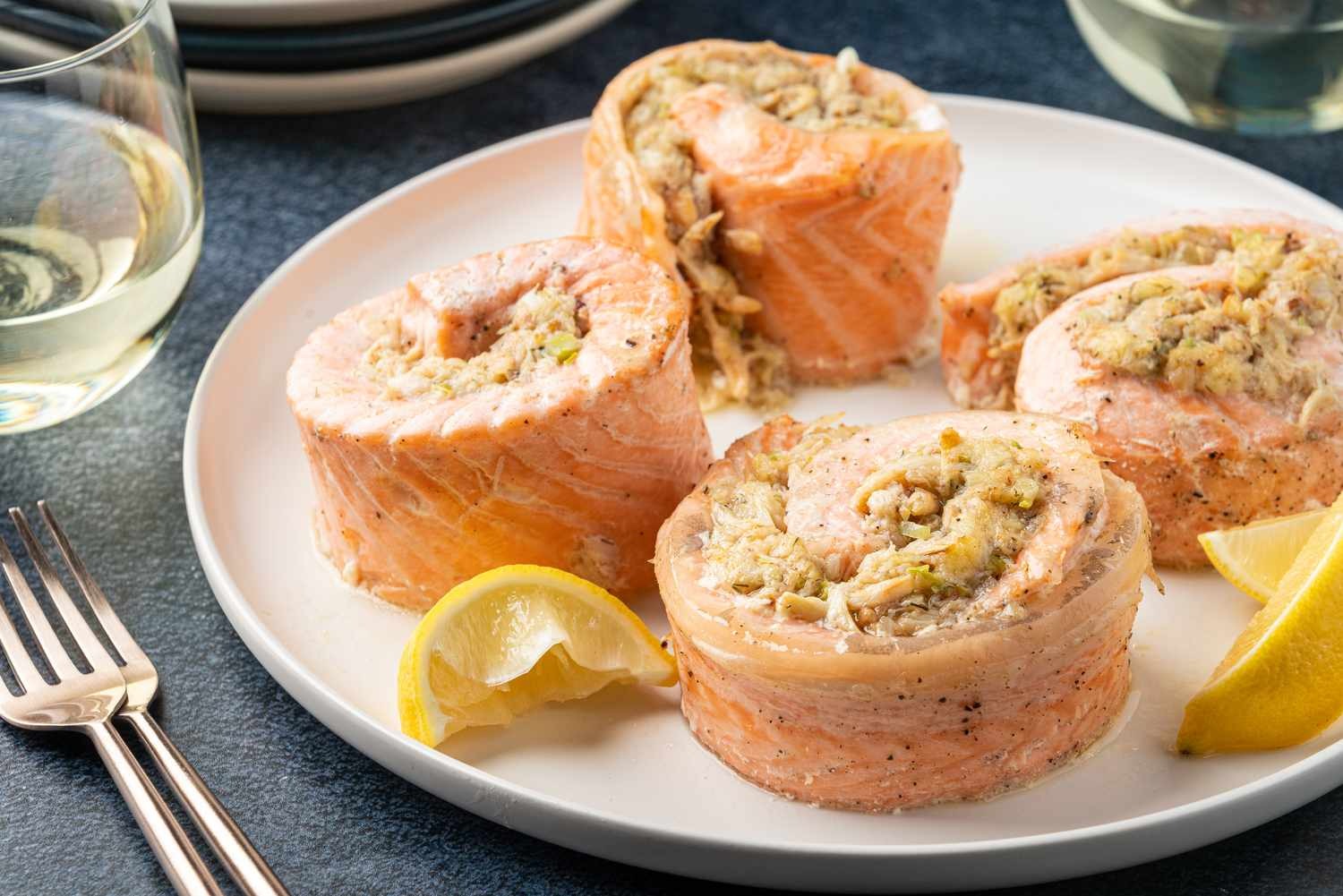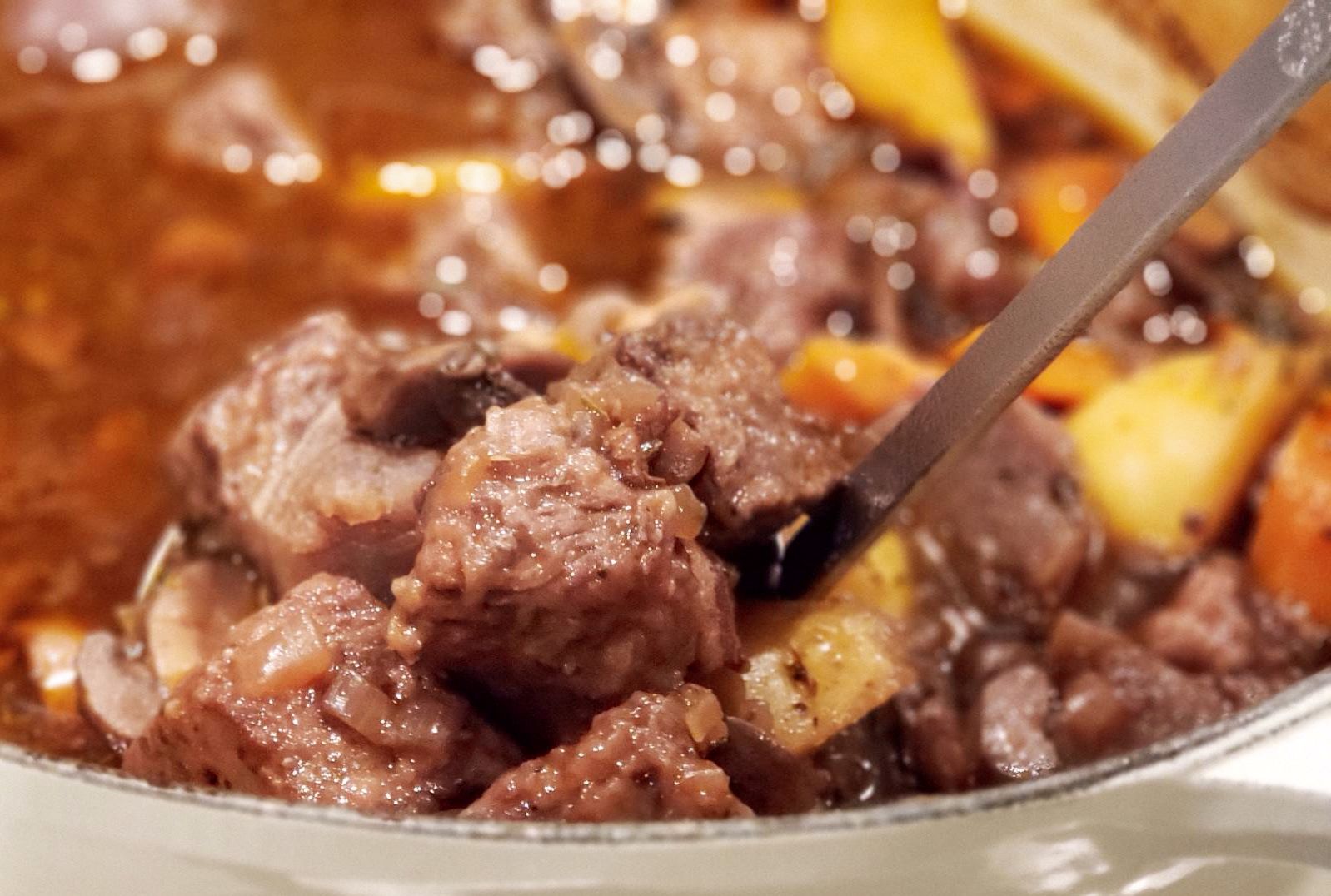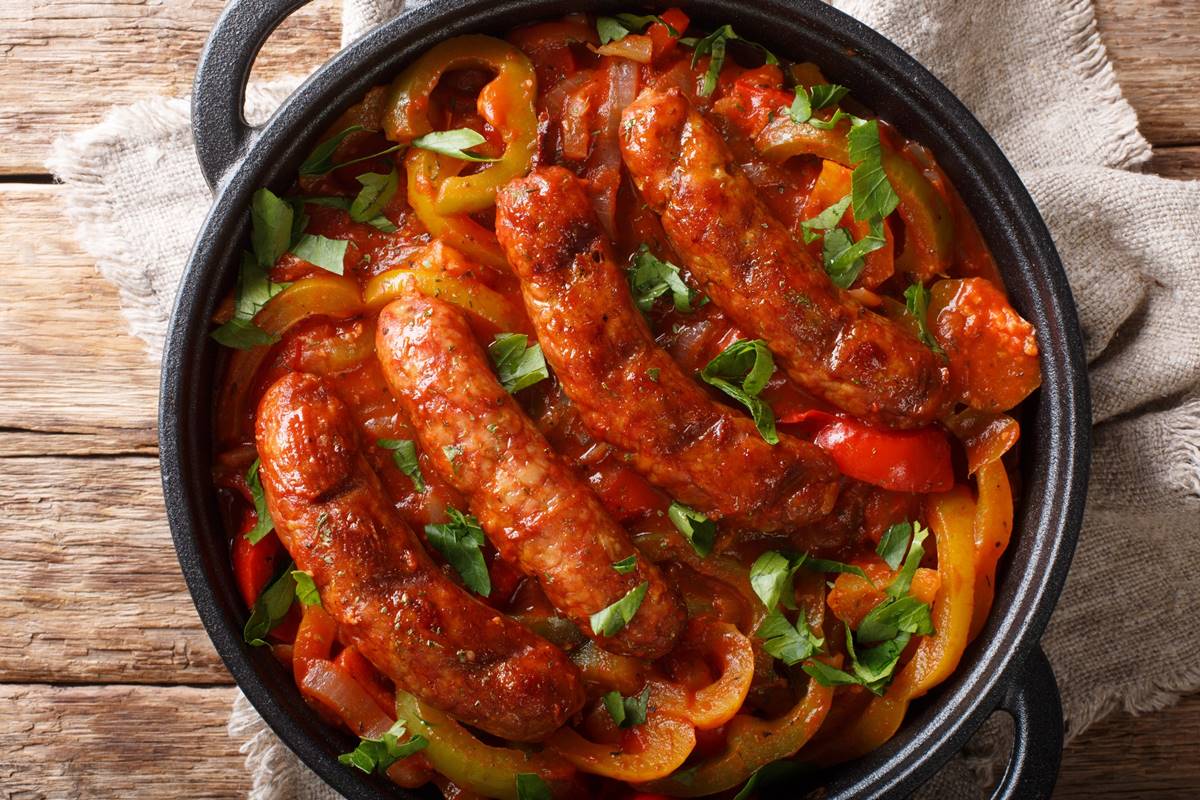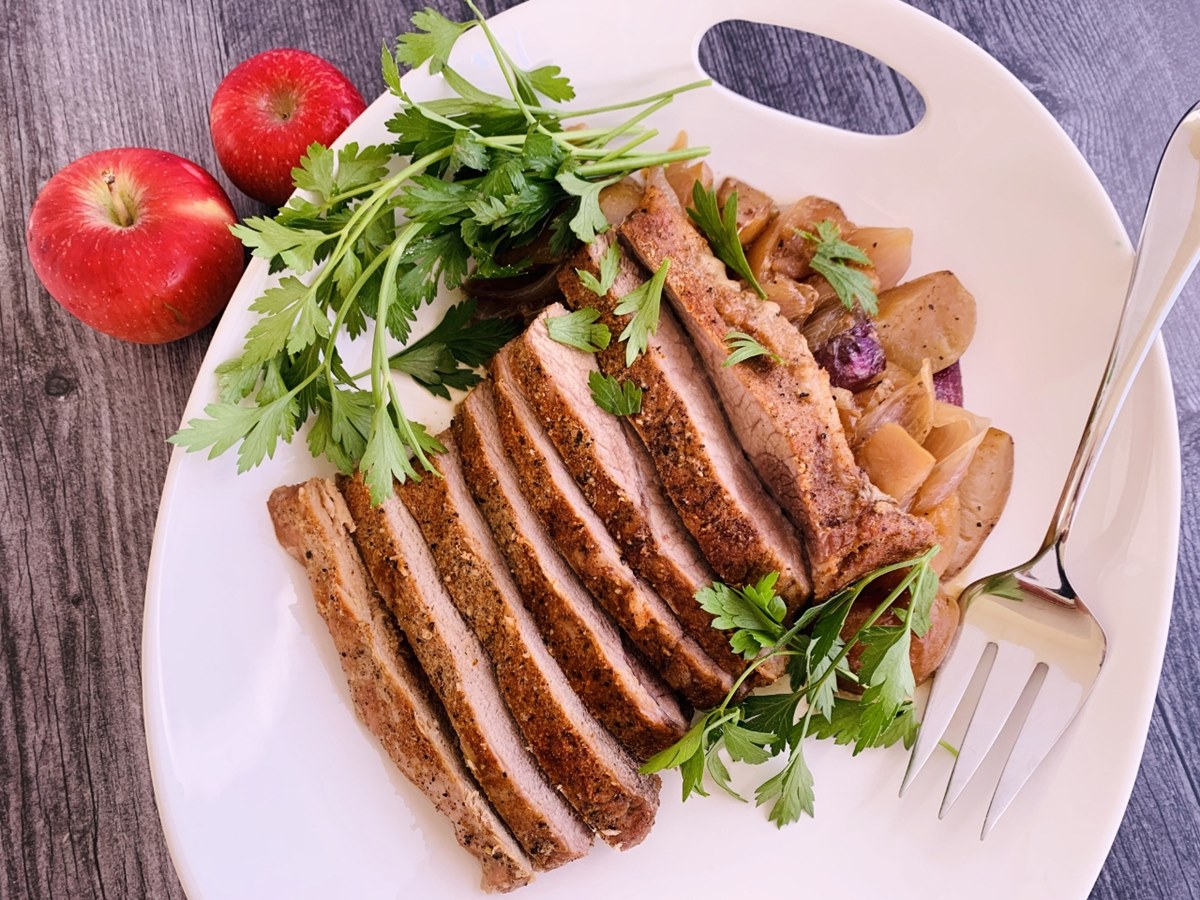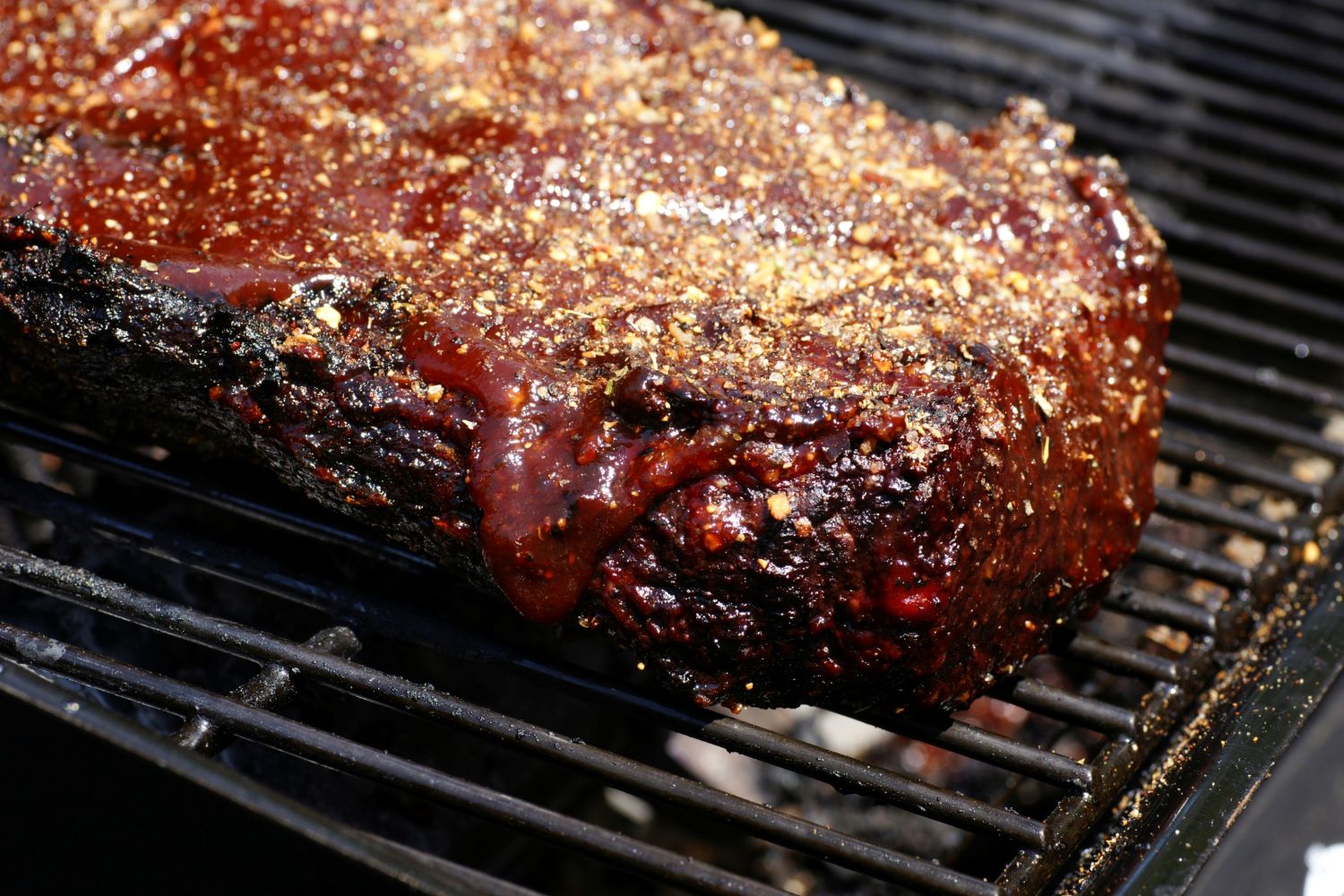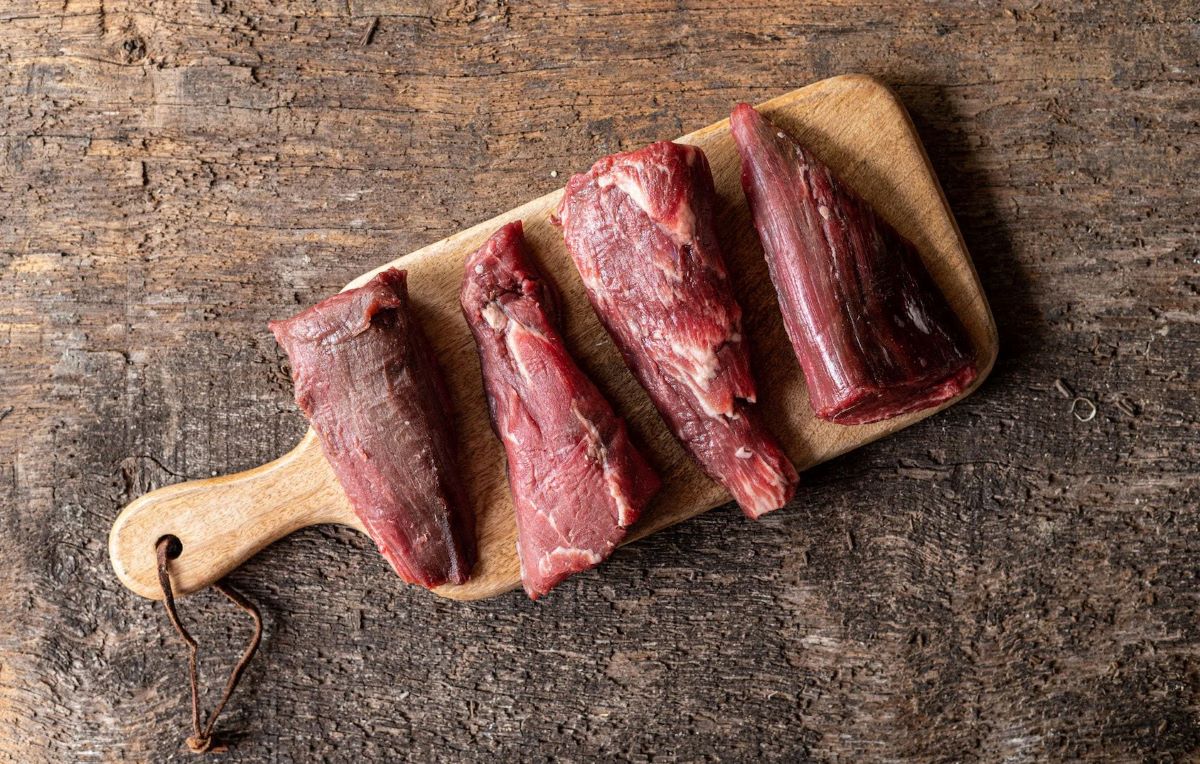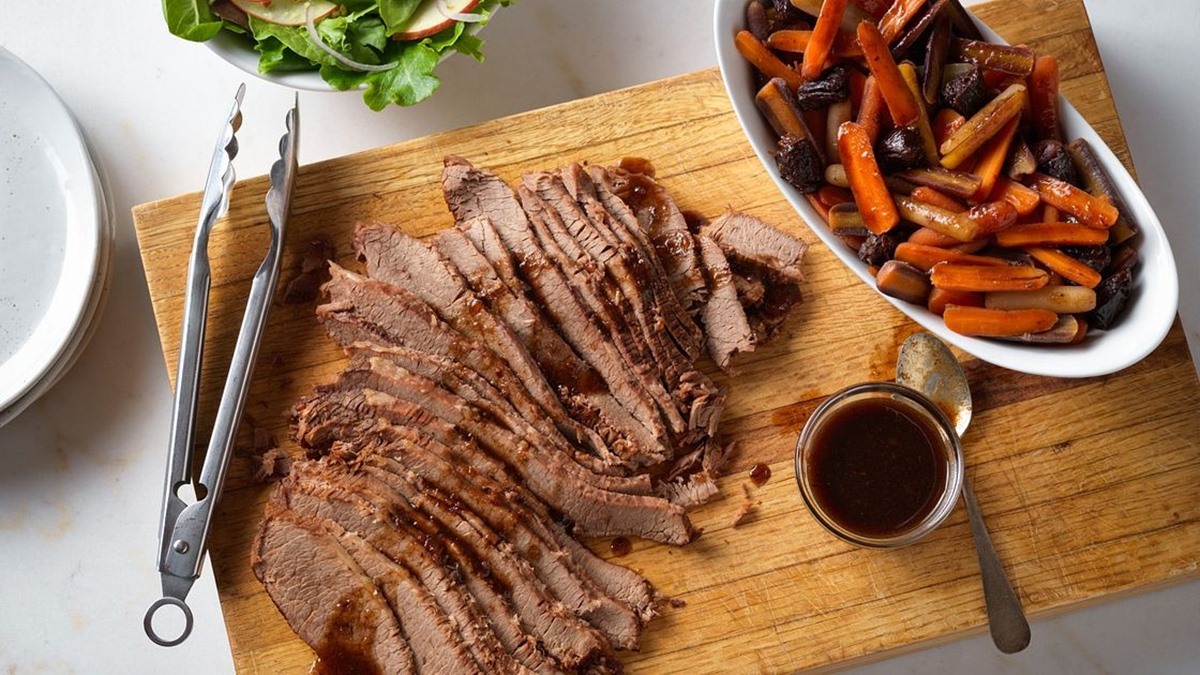Embrace the Versatility of Dried Hominy
If you’re looking to take your culinary adventures to a whole new level, then look no further than dried hominy. This humble ingredient, made from dried corn kernels, has been a staple in traditional Mexican and Southern cuisine for centuries. Its unique flavor and texture can elevate any dish it’s added to, making it a must-have in your pantry.
The Convenience of Pressure Cooking
When it comes to cooking dried hominy, using a pressure cooker can be a game-changer. Not only does it save you time, but it also infuses the corn kernels with intense flavor, while still retaining their delightful chewiness. Let’s dive into the step-by-step process of cooking dried hominy in a pressure cooker:
Step 1: Soak the Dried Hominy
Before you start pressure cooking, it’s essential to soak the dried hominy overnight. This helps soften the kernels and reduces the cooking time. In a large bowl, combine the dried hominy with enough water to cover it completely. Add a pinch of salt for a touch of flavor. Let it sit undisturbed for at least 8 hours.
Step 2: Rinse and Drain
After the soaking period, drain the water and rinse the soaked hominy under cold running water. This removes any impurities and helps create a cleaner taste.
Step 3: Pressure Cook to Perfection
Now it’s time to bring out the pressure cooker! Place the rinsed hominy in the pressure cooker and add enough water to cover the kernels by about 2 inches. Secure the lid and set the pressure cooker to high pressure. Cook for approximately 30 minutes to an hour, depending on the desired tenderness. This method helps achieve perfectly cooked hominy in a fraction of the time it would take on the stovetop.
Step 4: Natural Pressure Release
Once the cooking time is up, allow the pressure to release naturally. This allows the flavors to settle and ensures the hominy cooks evenly throughout. Avoid rushing the natural pressure release to maintain the integrity of the kernels.
Step 5: Fluff and Enjoy
After the pressure has released, open the lid and give the hominy a gentle stir with a fork. The kernels should be plump, tender, and bursting with flavor. Now, it’s time to get creative with your culinary creations! Use the cooked hominy as a base for hearty stews, soups, or as a delightful addition to tacos and salads.
Unlock a World of Possibilities
Cooking dried hominy in a pressure cooker opens up a world of possibilities in your kitchen. From traditional Mexican pozole to creamy hominy porridge, the versatility of this ingredient knows no bounds. So next time you’re looking to add a unique twist to your meals, remember to harness the power of dried hominy and your trusty pressure cooker.
Get ready to indulge in the rich flavors and satisfying texture that dried hominy brings to your dishes. Whether you’re a seasoned chef or just starting your culinary journey, this skill will undoubtedly impress your taste buds and elevate your cooking skills.
Explore More Recipes and Uses for Cooked Hominy
Now that you've mastered cooking dried hominy in a pressure cooker, why not put your skills to use with a variety of delightful recipes? From the hearty warmth of a traditional mexican pozole rojo to the comforting simplicity of southern style hominy grits, there's no shortage of dishes to explore. For those seeking a robust meal, the hearty hominy chicken stew comes highly recommended due to its rich flavors and satisfying texture. Vegetarians will appreciate the depth and spice of the vegetarian hominy chili. Each recipe offers a unique way to enjoy hominy, ensuring your culinary efforts are as rewarding as they are delicious.
Was this page helpful?
Read Next: How To Cook Black Barley
